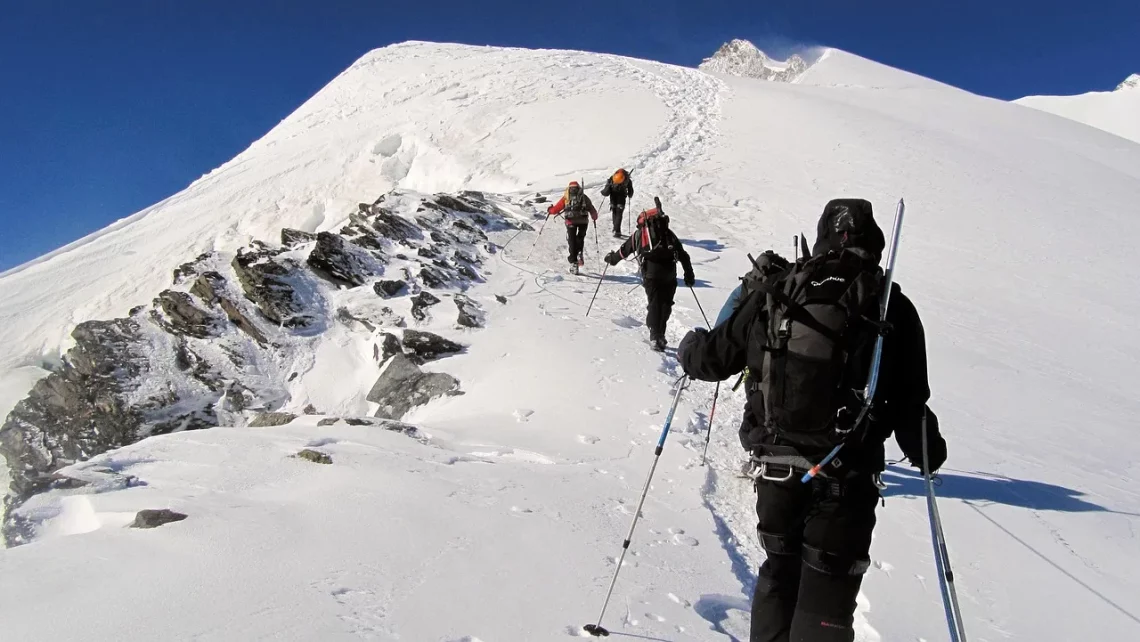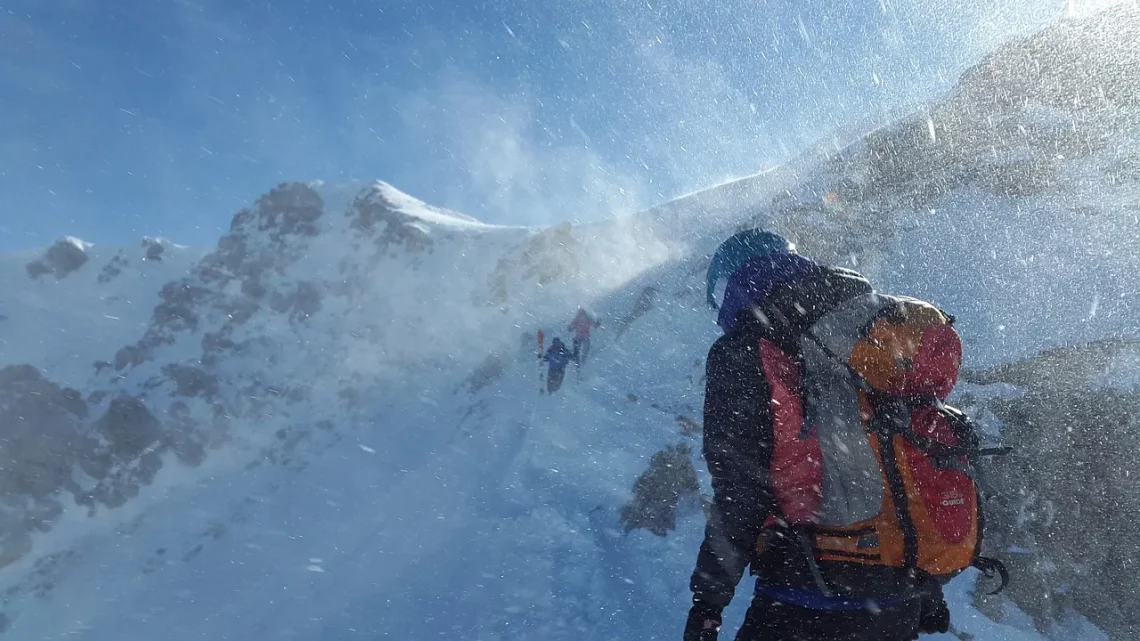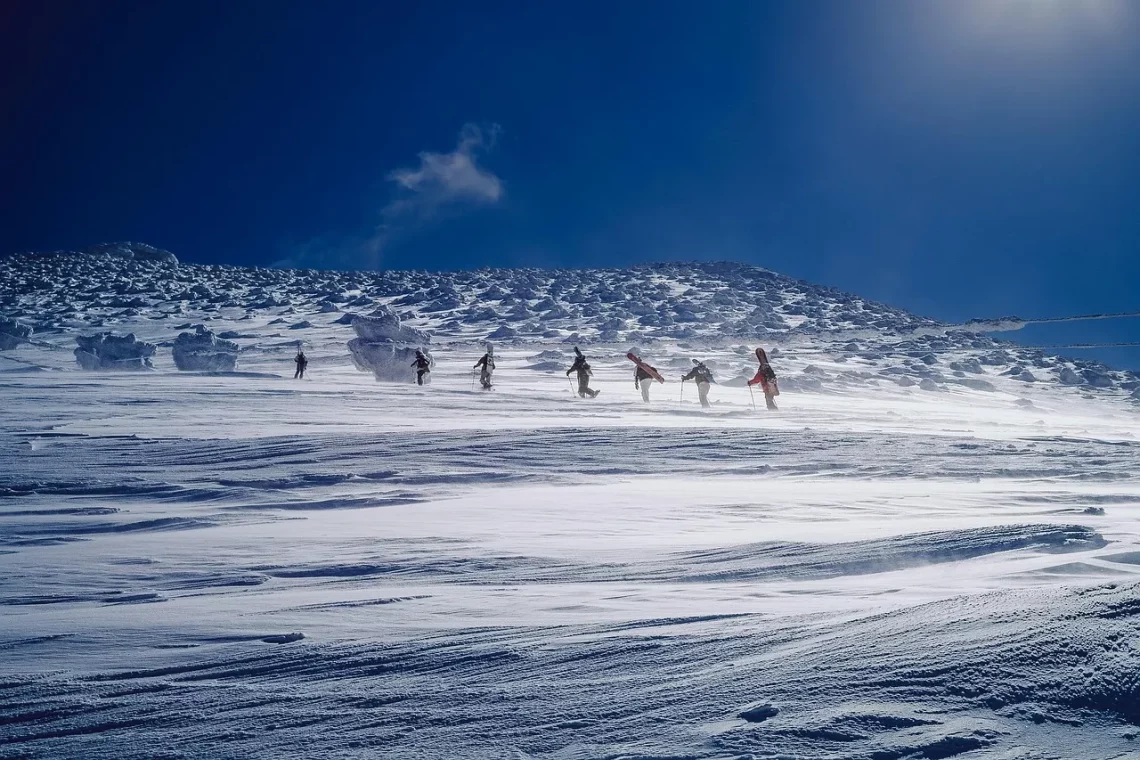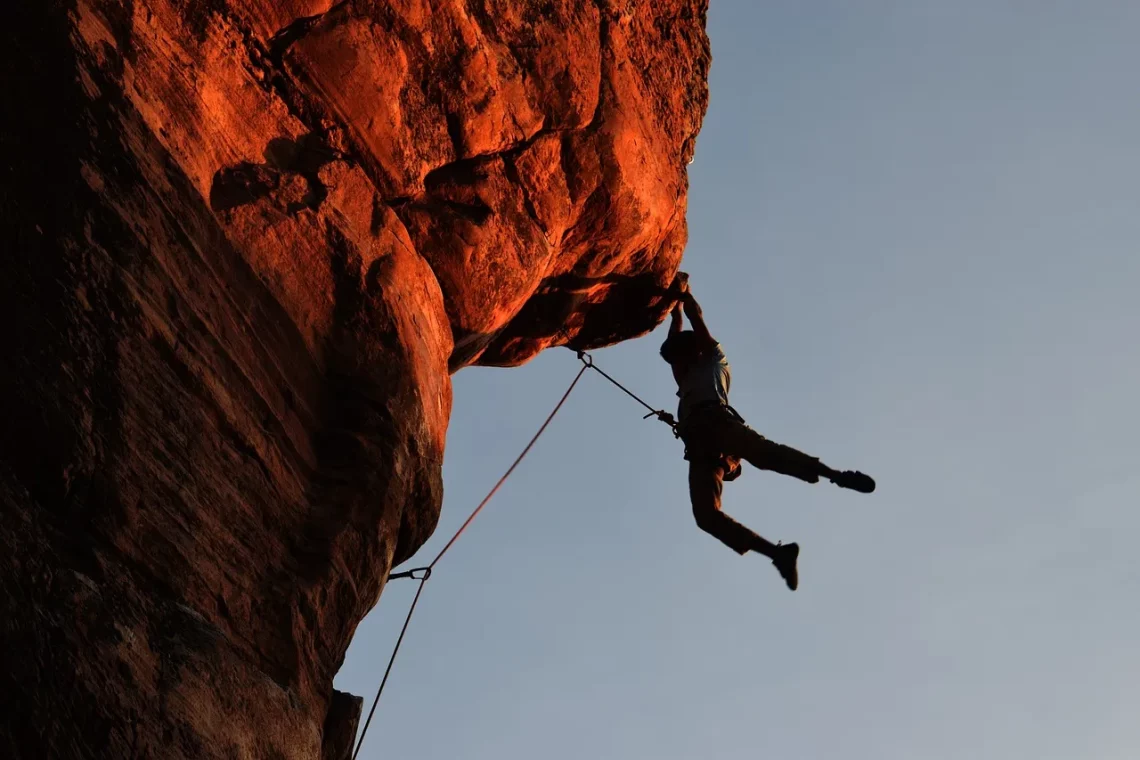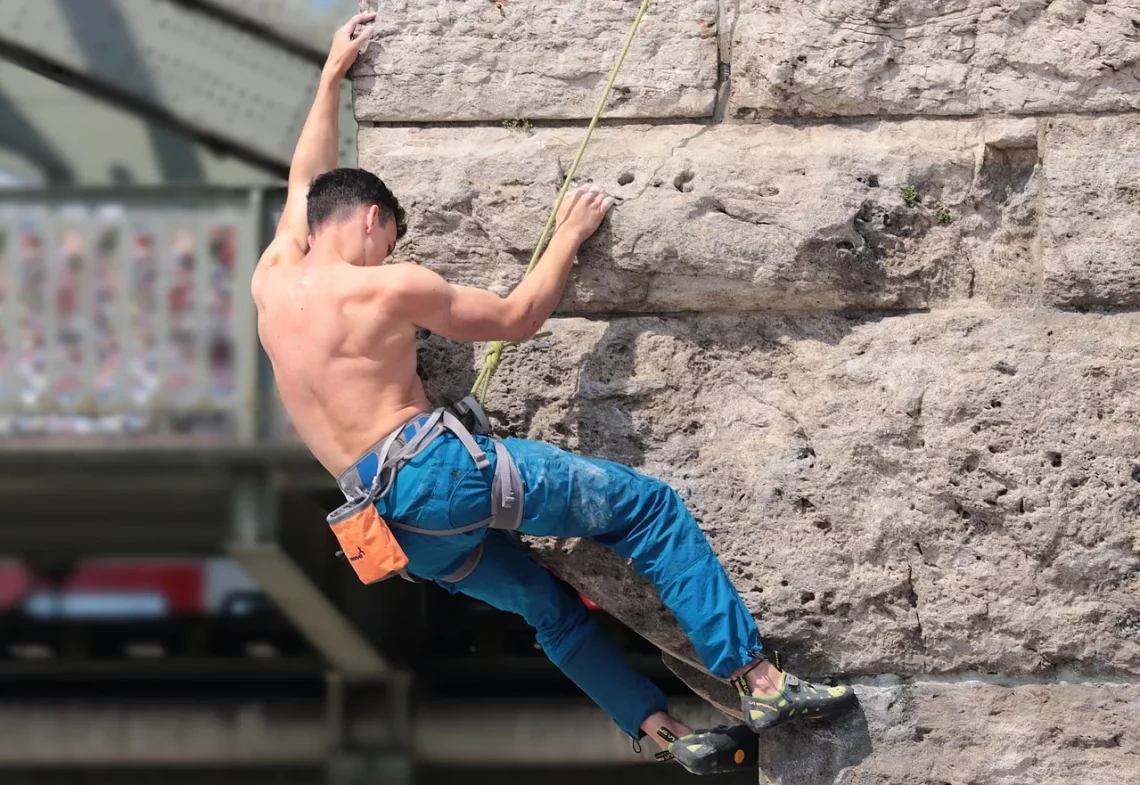-
Bouldering vs Rock Climbing: Understanding the Key Differences
Bouldering and rock climbing are two exhilarating outdoor activities that attract adventurers and fitness enthusiasts alike. Each offers unique experiences, challenges, and rewards, making them popular choices for those seeking to connect with nature while testing their physical and mental limits. As individuals embark on their climbing journeys, they often find themselves at a crossroads, trying to decide which discipline best suits their interests and abilities. Both bouldering and rock climbing require strength, technique, and perseverance, yet they differ significantly in their approach and execution. Bouldering, typically performed on shorter walls without the use of ropes, emphasizes powerful movements and problem-solving skills. In contrast, rock climbing often involves ascending higher…
-
The Art of Hand Holds: Techniques for Every Climber
Climbing is a captivating sport that requires both physical strength and mental acuity. The ability to navigate various terrains and tackle challenging routes depends heavily on mastering the art of hand holds. Hand holds are not just grips; they are the climber’s connection to the rock, the climbing wall, or bouldering surface. Each hold presents unique challenges and opportunities for climbers, influencing their technique and strategy. Understanding how to effectively use different hand holds can significantly enhance a climber’s performance, regardless of their skill level. The subtleties involved in gripping, positioning, and transitioning between holds can make the difference between a successful ascent and a frustrating fall. While some holds…
-
Can Reading Improve My Climbing Skills and Performance?
Climbing is a unique blend of physical strength, mental fortitude, and strategic thinking. As climbers, we often focus on the physical aspects of the sport—endurance, strength training, and technique. However, the mental side of climbing is equally crucial. Many climbers overlook how reading can play a significant role in enhancing their climbing skills and performance. By engaging with literature on climbing techniques, psychology, and even narratives from experienced climbers, one can gain insights that might be missed during physical training alone. Reading not only broadens our understanding of climbing but also provides us with a deeper appreciation for the sport’s history and community. It can inspire climbers to push their…
-
Exploring the Thrills and Techniques of Multi Pitch Climbing
Climbing has long captivated adventurers and outdoor enthusiasts alike, offering a unique blend of physical challenge and mental acuity. Among the various styles of climbing, multi-pitch climbing stands out as a thrilling testament to human endurance, skill, and the pursuit of conquering heights. This climbing technique involves ascending routes that are too long to be completed in a single rope stretch, often requiring climbers to navigate several pitches, or sections, of varying difficulty. The appeal of multi-pitch climbing lies not only in the adrenaline rush of scaling towering cliffs but also in the camaraderie it fosters among climbers. As teams work together to ascend, they develop trust and communication skills…
-
The Strength and Care Behind Rock Climber Hands
Rock climbing is a thrilling adventure that attracts enthusiasts from all walks of life. The sport combines physical strength, mental acuity, and an intimate connection with the natural world. Whether scaling sheer rock faces or navigating complex bouldering problems, climbers rely heavily on their hands. The dexterity and resilience of a climber’s hands are not merely products of chance; they are the result of rigorous training and a deep understanding of body mechanics. As climbers ascend, their hands endure an array of stresses, from gripping small holds to pulling against gravity. The hands of rock climbers are often a reflection of their dedication and experience. They showcase not only strength…
